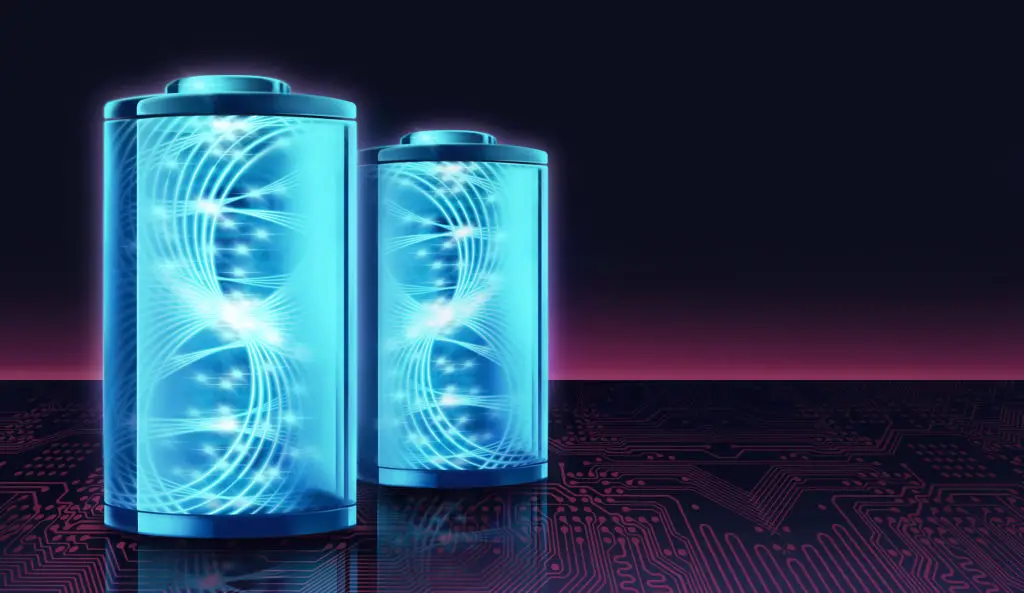A Visual Guide to Revolutionary E-Waste Recycling Innovations
The world is becoming increasingly digital, and with this shift comes a surge in electronic waste, or e-waste. This is a pressing issue, as e-waste contains harmful substances that can pose serious environmental and health risks if not properly managed. In response, innovators worldwide are developing revolutionary solutions to tackle this challenge. This visual guide will explore 15 of these groundbreaking e-waste recycling innovations, showcasing how they are changing the way we handle our electronic waste and protecting our planet in the process.
E-Waste: The Growing Problem

Before diving into the solutions, it's crucial to understand the scope of the e-waste problem. Every year, millions of electronic devices - from smartphones to laptops to home appliances - reach the end of their life. Unfortunately, not all of these devices are disposed of properly. This section will delve into the alarming statistics and environmental implications of e-waste, setting the stage for why these recycling innovations are so vital.
The Traditional Approach to E-Waste Recycling

E-waste recycling isn't a new concept. However, traditional methods often involve manual disassembly or harmful chemical treatments to recover valuable materials. This section will provide an overview of these conventional techniques and their limitations, setting a baseline for comparing the innovative solutions that follow.
EcoATM: Automated E-Waste Recycling

EcoATM is a San Diego-based company that has created automated kiosks for recycling phones, tablets, and MP3 players. This section will explore how this innovation simplifies e-waste recycling for consumers, making it more accessible and convenient.
BlueOak: Urban Mining

BlueOak is a pioneering company that uses "urban mining" to extract precious metals from e-waste. This section will delve into how this process works and its benefits over traditional mining practices.
Hydrometallurgical Recycling

Hydrometallurgical recycling is a method that uses water-based chemical solutions to extract valuable materials from e-waste. This section will explain the process and its advantages over conventional recycling methods.
The last section will end with a call to action, encouraging readers to play their part in e-waste recycling. It will provide practical tips for proper e-waste disposal and how to support the innovative solutions highlighted in this guide.







